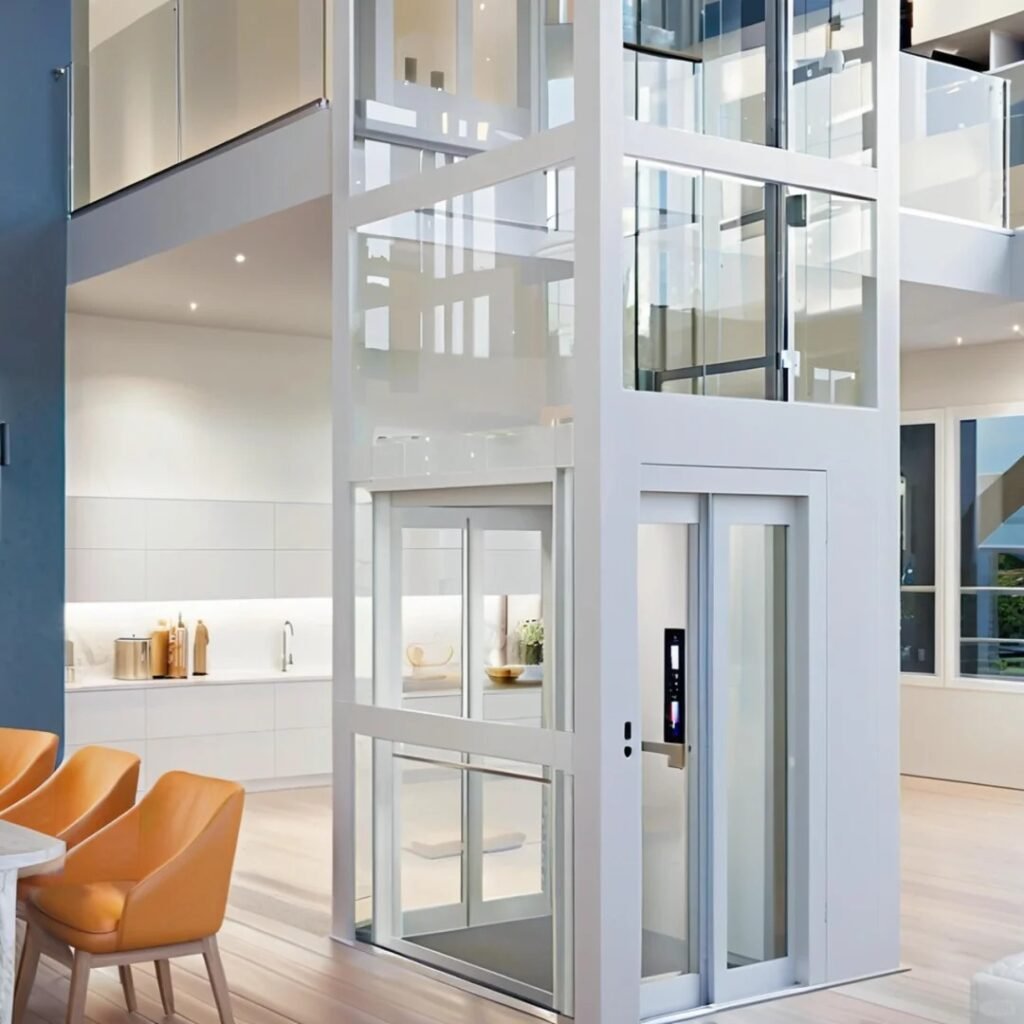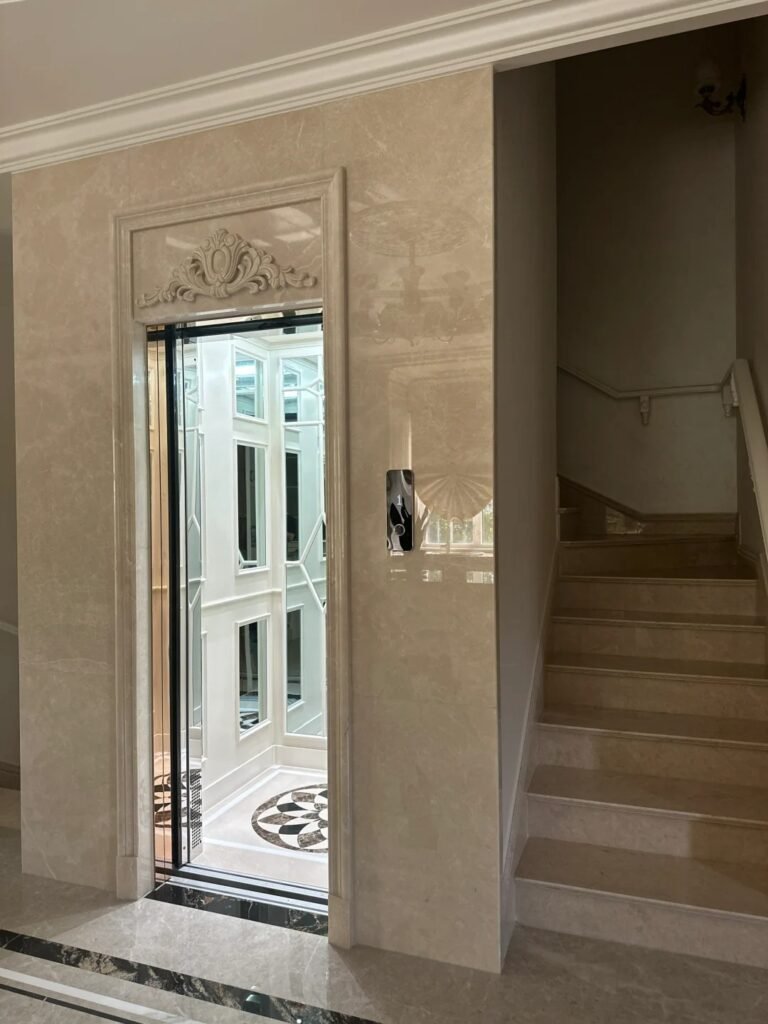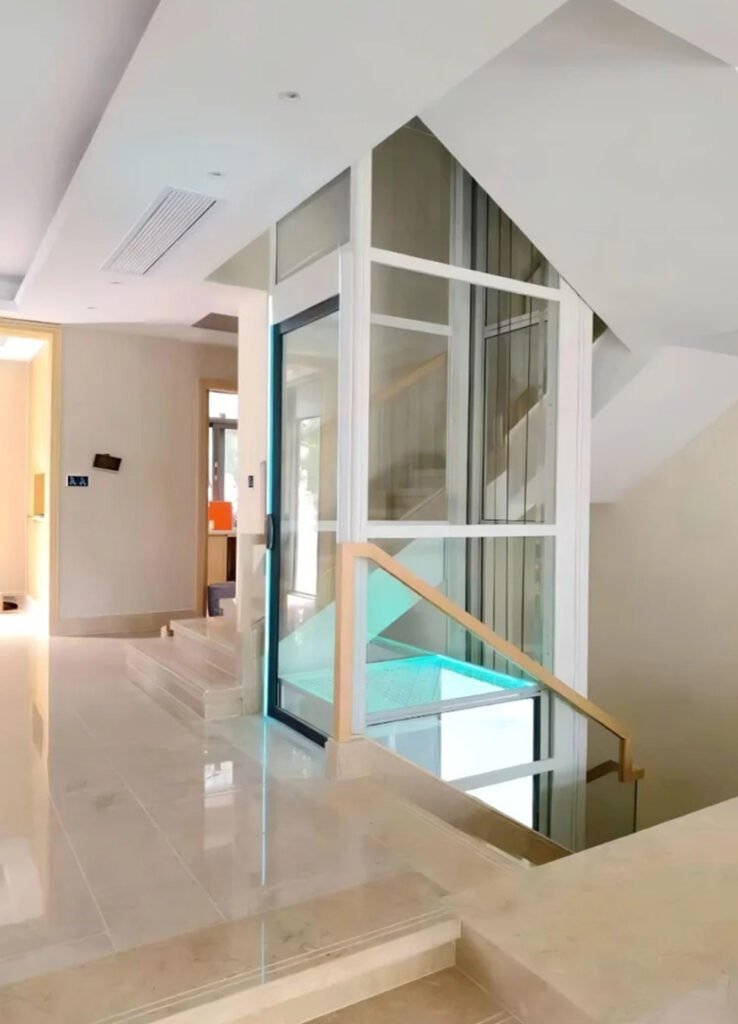Home lifting equipment is redefining residential accessibility, offering solutions that cater to aging populations, urban density, and the demand for smart, space-efficient living. As global demographics shift and technological advancements accelerate, the market for home lifting equipment—including elevators, stairlifts, and platform lifts—is projected to grow at a compound annual growth rate (CAGR) of 8.66%, reaching $21.2 billion by 2032. This article explores the drivers of this growth, regional dynamics, technological innovations, and challenges shaping the future of the industry.
Market Overview: Growth Drivers and Segmentation
The home lifting equipment market is fueled by aging populations, urbanization, and rising disposable incomes. By 2031, the global market is expected to surpass $6.15 billion, driven by the need for vertical mobility solutions in multigenerational homes and compact urban dwellings. Key segments include:
Residential elevators: Dominating the market, these systems prioritize energy efficiency and smart integration. Hydraulic and traction-driven models remain popular, but screw-driven and pneumatic vacuum lifts are gaining traction for their space-saving designs.
Stairlifts and platform lifts: Critical for aging-in-place solutions, these products are projected to grow at a 5% CAGR, with demand concentrated in North America and Europe.
Wheelchair lifts: Increasing focus on accessibility in residential and commercial spaces supports steady adoption.
Regional dynamics highlight Asia-Pacific as the fastest-growing market, with China accounting for 61% of global installations due to urbanization and government subsidies for retrofitting aging buildings. Meanwhile, Europe leads in sustainable design, with brands like Aritco emphasizing recyclable materials and compact systems.

Technological Innovations: Smart and Sustainable Solutions
Modern home lifting equipment integrates IoT, AI, and energy-efficient designs to enhance safety and user experience. For example
Smart diagnostics: IoT-enabled systems reduce downtime by 25% through predictive maintenance, while voice controls (e.g., Amazon Alexa) align with smart home trends.
Space-saving designs: Innovations like machine room-less (MRL) elevators and Zhejiang Taihe Elevator’s "top-suspended" patent eliminate the need for counterweights, reducing installation space by 30%.
Energy efficiency: Regenerative drives and LED lighting cut energy consumption by 30%, aligning with global sustainability goals.
These advancements not only improve functionality but also position home lifting equipment as a cornerstone of future-ready homes.

Safety and Regulatory Challenges
Despite growth, safety concerns and regulatory gaps persist. In China, low-cost elevators priced under ¥50,000 ($7,000) often lack compliance with safety standards, leading to accidents like cable breaks and entrapments. Unlike commercial elevators regulated under GB7588, home lifting equipment falls under non-mandatory guidelines (GB/T 21739-2008), creating market fragmentation.
To address this, leading brands like Otis and ThyssenKrupp emphasize certifications (e.g., EN 81-20, ISO 9001) and extended warranties. For instance, KUIKO offers a 15-year full-machine warranty, setting a benchmark for reliability.

Regional Dynamics: Contrasting Priorities
North America: Accounts for 40% of global sales, driven by aging populations and ADA compliance. Brands like Savaria focus on compact, retrofittable models.
Europe: Leads in design innovation, with Germany and Italy pioneering energy-efficient systems. Nordic brands like Aritco combine minimalist aesthetics with eco-friendly materials.
Asia-Pacific: China’s market, valued at billions of RMB, thrives on urbanization and luxury apartment demand. Domestic brands like Longchuang partner with international players to offer localized solutions.
Future Outlook: Opportunities and Barriers
The home lifting equipment industry faces challenges like high installation costs (20,000-50,000 per unit) and regulatory complexity. However, emerging technologies promise transformative growth:
AI and 5G: Predictive maintenance and remote monitoring could reduce operational costs by 20% by 2030.
3D printing: Customizable components may lower production costs by 15–20%, democratizing access.
Alternative solutions: Singapore’s trials with stair-climbing robots highlight innovative approaches for spaces where traditional lifts are impractical.
Home lifting equipment is poised to become a staple of modern living, driven by demographic shifts, technological innovation, and sustainability imperatives. As brands like Otis, ThyssenKrupp, and KUIKO refine their offerings, the fusion of safety, intelligence, and design will redefine residential mobility. For homeowners, investing in home lifting equipment is not merely a convenience—it is a commitment to inclusive, future-proof living.





